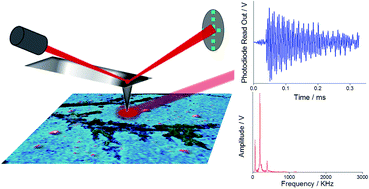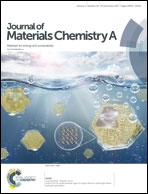AFM-IR insights into the chemistry of interfacial tracking
Abstract
Composite materials are increasingly used in high-voltage insulation, where interfacial aging is a major source of failure. Nonetheless, the mechanism underpinning polymeric degradation remains ill-defined. This is in part due to the highly localised and complex range of reactions induced by partial discharges. In this contribution, we first present a correlation between track propagation over time and the partial discharge magnitude in the region between a glassy epoxy amine resin and silicone rubber. We then use ATR-FTIR and the newly developed atomic force microscopy infrared (AFM-IR) technique to produce detailed nano-chemical maps of interfacial tracks and buried channels. Local infrared spectra reveal that oxidation of the epoxy resin, which has previously been associated with the formation of interfacial tracks and electrical trees when detected by conventional bulk FTIR, in fact occurs across the entire interface and is concentrated within the damaged channel regions. In contrast, for silicone rubber the bulk ATR-FTIR spectra remain essentially unchanged after electrical ageing, whereas local AFM-IR analysis reveals the development of Si–O–C bonds across the interface and C–O–C bonds within tracks.



 Please wait while we load your content...
Please wait while we load your content...